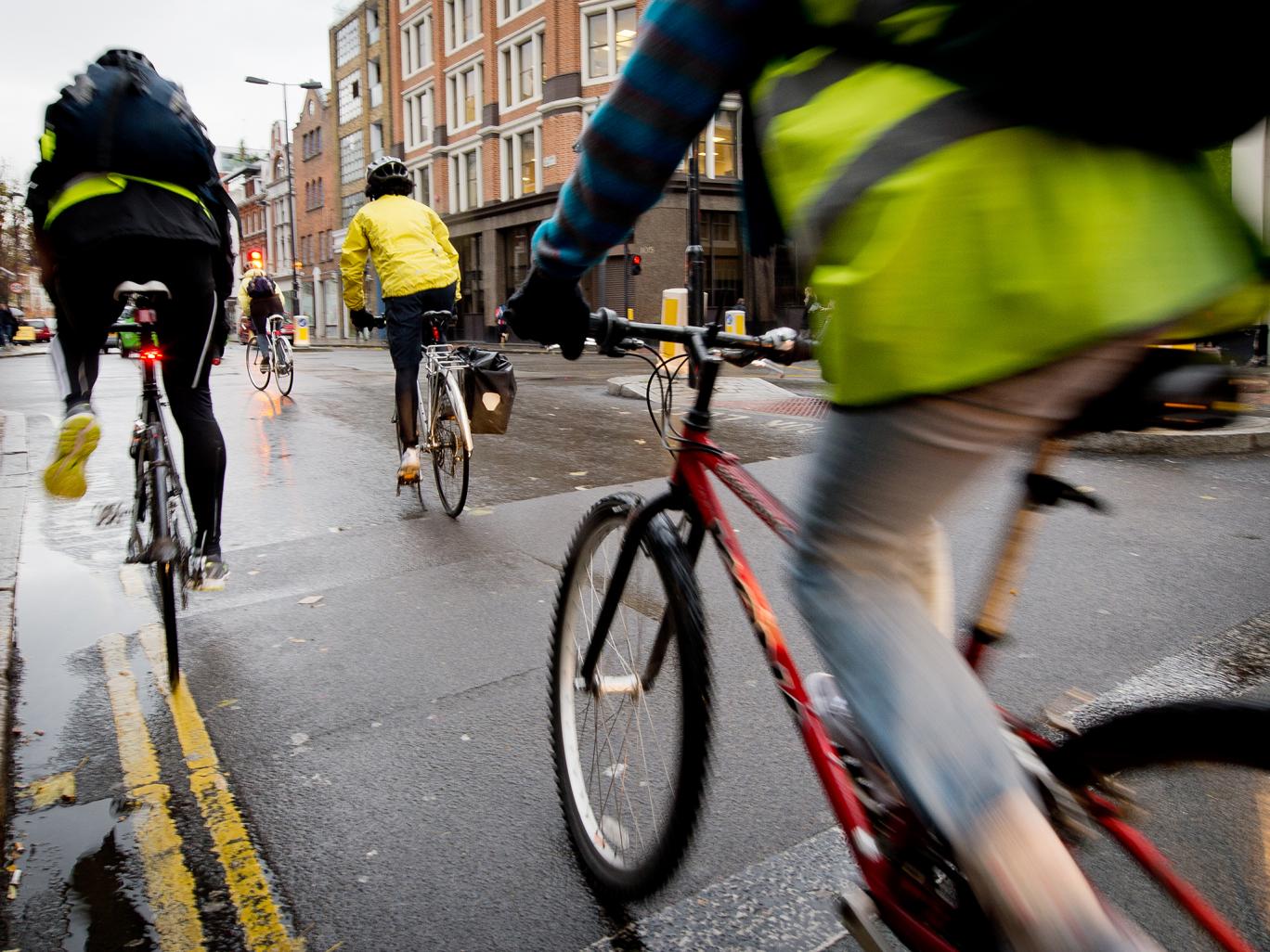Dangerous cycling: What is the current law and how might it change?
Cyclists who cause harm to others can only be convicted under archaic 1861 law

A spate of high-profile road accidents involving bikes has sparked a national debate on laws covering reckless cycling.
The Government this week announced an "urgent" legal review in the wake of the sentencing of Charlie Alliston, 20, who knocked down and killed 44-year-old mother Kim Briggs while riding a bike with no front brake.
The case prompted calls for the introduction of new charges that apply specifically to cyclists who injure or kill people.
Here we look at cycling law as it stands and how it could change.
What is the current law?
Cyclists can be charged with careless or dangerous cycling, which carry maximum fines of £1,000 and £2,500 respectively.
But there are no criminal offences that apply specifically to cyclists who cause death or injury.
Riders who cause bodily harm can only be convicted under the 1861 Offences Against the Person Act, which covers “wanton and furious driving”. This archaic offence was originally intended to apply to horse-drawn carriages. It is the closest offence to dangerous driving - a charge applies only to mechanically propelled vehicles - that cyclists can be charged with.
Cyclists prosecuted under the law in recent years include Charlie Alliston, Darryl Gittoes, and Darren Hall, who all fatally knocked down pedestrians.
The charge carries a maximum penalty of two years in prison and an unlimited fine.
Alliston was cleared of a manslaughter charge, seen by some as heavy-handed, which carries a maximum sentence of life imprisonment.
Why is the law problematic?
Critics say the 156-year-old law is ill-equipped for the huge popularity of cycling in 21st-century Britain.
Matthew Briggs, the widower of Kim Briggs, said his wife's death and Alliston's subsequent trial "highlighted the huge gap in the law between one from 1861 at one end and manslaughter at the other end".
Personal injury lawyer Matthew Claxson said the law "arbitrarily" differentiates between mechanically and self-propelled vehicles which share the same roads.
Announcing the review this week, transport minister Jesse Norman acknowledged "we need to make sure that our road safety rules keep pace with this change".
But cycling campaigners say serious accidents involving riders are rare and have argued instead for a general revamp of road laws.
Duncan Dollimore, road safety officer for Cycling UK, agreed legislation was outdated but called for a "complete review" of "the way in which the justice system deals with mistakes, carelessness, recklessness and deliberately dangerous behaviour by all road users".
How might the law change?
One option that will be considered is making existing dangerous driving laws applicable to cyclists. The offence, part of the Road Traffic Act 1988, currently only applies to "mechanically propelled vehicles",
Mr Claxson said: "Given that cyclists share the road with motorists, and are demonstrably capable of causing serious harm through carelessness, it is my firm belief that this technical distinction should be removed so that dangerous cyclists can be prosecuted on the same terms as car drivers."
Alternatively, the Government could look to introduce new, tougher laws applicable specifically to bikes - such as "death by dangerous cycling".
The introduction of cycling licences has also been suggested by some. But any changes likely to deter people from cycling would be hugely controversial.
Mr Claxson added: "Any attempt to amend existing legislation around dangerous cycling must also take note of the relative vulnerability of cyclists when using the road."
He called for efforts to make roads more bike-friendly, such as the introduction of more cycle lanes.
Subscribe to Independent Premium to bookmark this article
Want to bookmark your favourite articles and stories to read or reference later? Start your Independent Premium subscription today.
